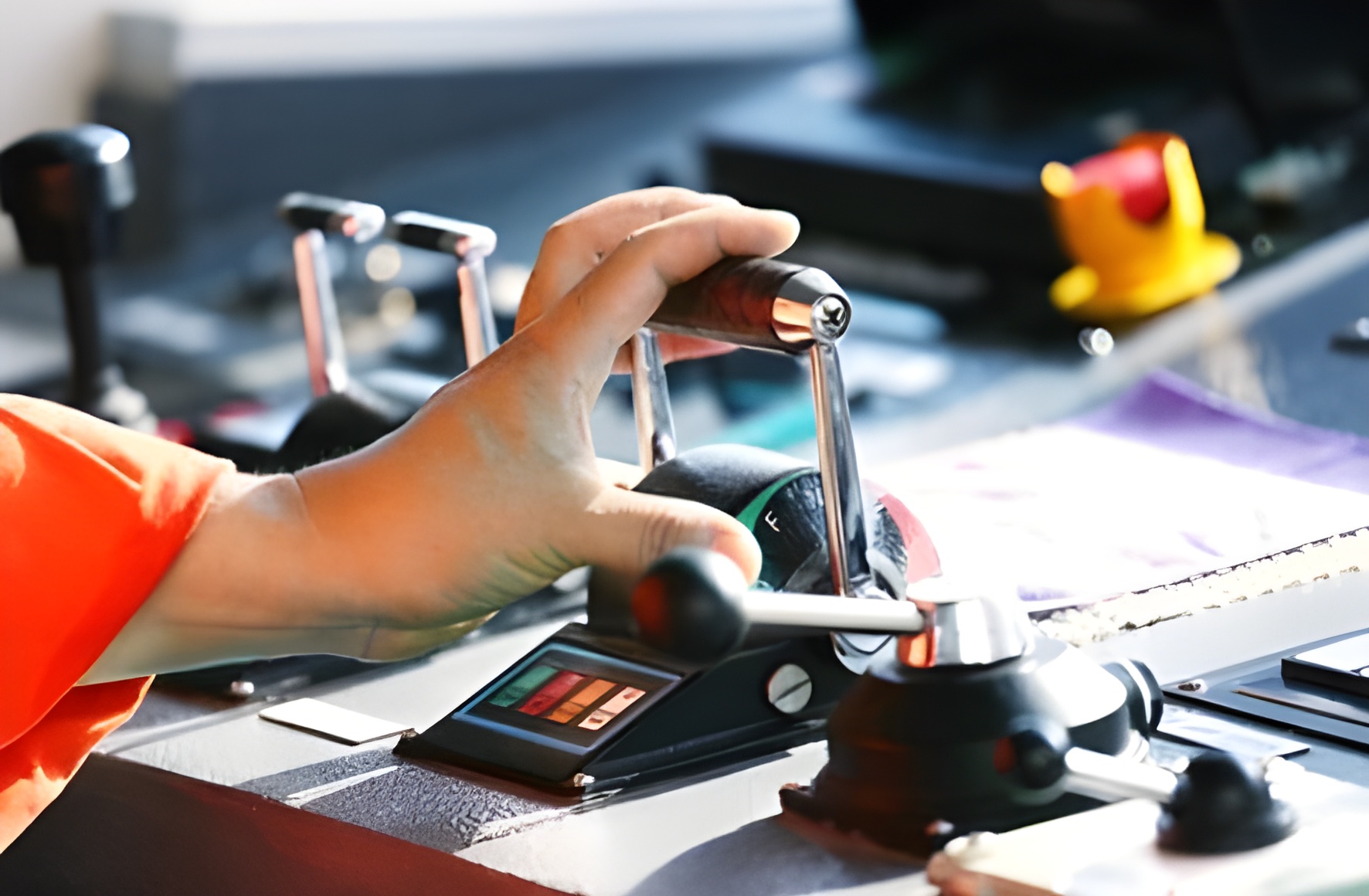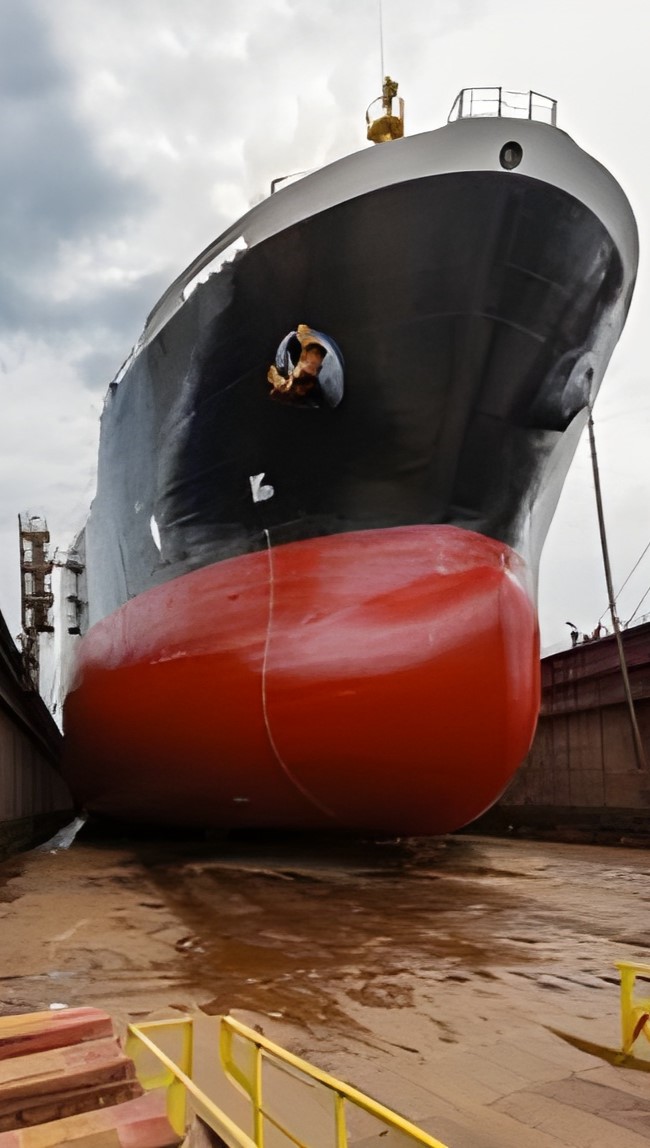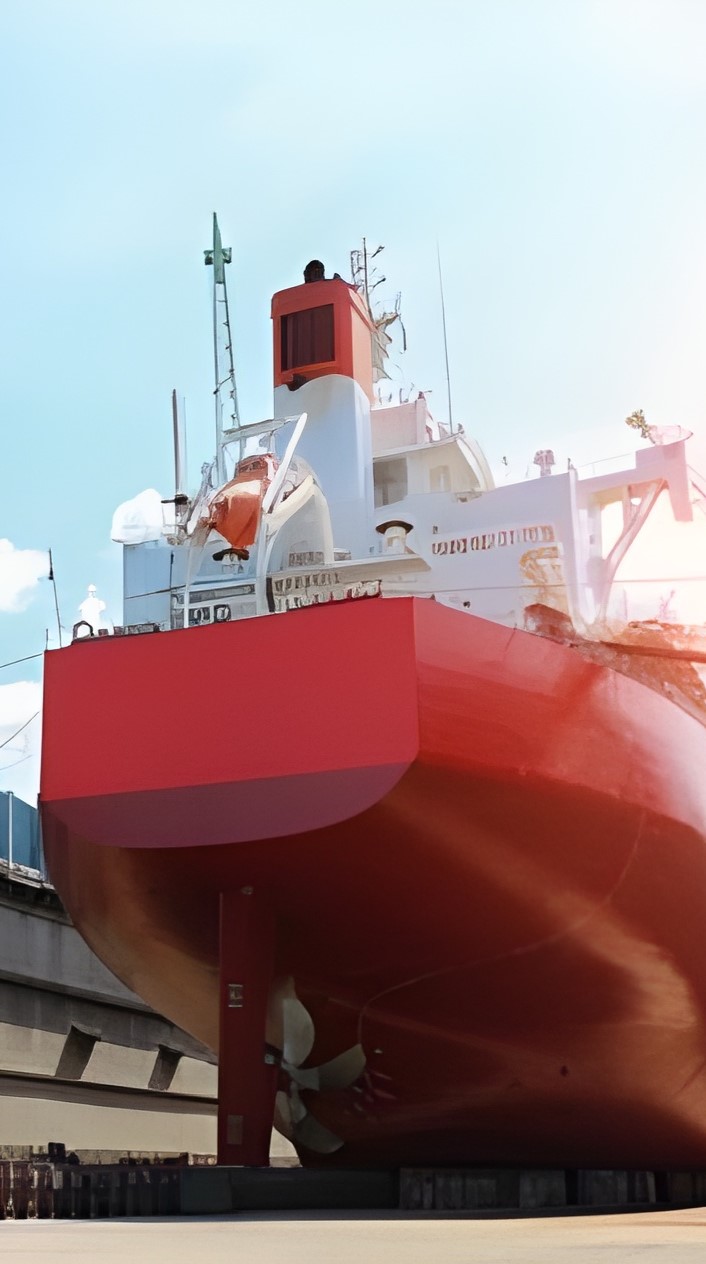Marine Electrical Design
Alignment and Chockfasting are critical for maintaining the reliability and safety of a ship's machinery. Regular inspections, preventive maintenance, and addressing alignment issues promptly contribute to the overall performance and longevity of the vessel. It's also essential to follow manufacturer recommendations and industry standards during these maintenance processes.
Marine Electrical Design
Manage all relevant aspects of marine electrical design automatically, or manually.
Manage all relevant aspects in the design and production of electrical systems on ships. Create electrical diagrams to model electrical equipment, create 2D or 3D equipment and cableway layouts, calculate cable sizes, route cables, define cable terminations, manage instrumentation and control signals, and generate different types of reports and drawings.
- All marine electrical design is integrated with the rest of the design disciplines.
- Any element can be placed in more than one diagram and still be considered a single database entity.
- Automatic calculation of the cable size by different criteria
- Online editing of all data of the elements in the diagram
- Automatic generation of configurable graphic lists
- Integration of pipe-fittings with electrical connections
- Cable trays may be modeled automatically according to the cable tray pattern assigned to each segment or polygonal of the nodal network
- Cable reports, equipment reports, routing cable spec reports, I/O signal loop sketches, and cable connection sketches
Our typical deliveries can be:
- Integration of navigation, research or automation equipment for different applications,
- Detail electrical design of all-electric systems,
- Hazardous area estimation, and selection of electrical equipment for hazardous areas or design verification,
- Lighting layouts, calculations, and electrical installation,
- Navigation, automation and internal communication systems design,
- Supervision, documentation verification and coordination of complex design projects,
- Third-party E&I&T design verification or project evaluation,
- Wind turbine electrical, instrumentation and safety systems evaluation report.

Cable Routing
Cable routing is based on routing paths or nodes connected by straight segments. Routing conditions controlling the segregations and filling rules are assigned to every segment.
Nodes representing penetrations can be assigned rules for controlling the cable population in the penetration: penetration fitting, allowed area or number, and type of watertight blocks.
Cables can be routed automatically, semi-automatically, or manually. A cable’s weight, length, center of gravity, and cable tray population are automatically updated.

